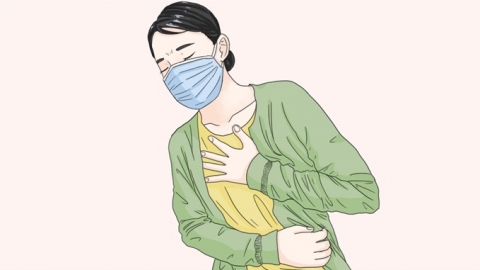Can interstitial pneumonia with whitening of the lungs be completely cured?
Generally, interstitial pneumonia refers to an inflammatory disease of the lung interstitial tissue, often accompanied by fibrosis or inflammatory reactions. Whitening of the lungs typically indicates white areas appearing on imaging examinations, suggesting inflammation, fibrosis, or fluid accumulation. Whether lung whitening caused by interstitial pneumonia can be completely cured depends on the specific condition of the disease. If discomfort occurs, timely medical consultation is recommended. Detailed analysis is as follows:

If the lung whitening caused by interstitial pneumonia results from a clear cause such as infection or allergy, and is at an early stage of the disease with no or only mild lung fibrosis developed, timely and standardized treatment targeting the underlying cause can effectively control the inflammation, allowing gradual recovery of lung tissue and possible complete resolution of the whitening phenomenon, achieving a complete cure.
If the cause is unknown, such as in idiopathic pulmonary fibrosis, or if the condition has advanced to late stages with widespread and irreversible fibrosis in the lungs, even with aggressive treatment, it is difficult to completely reverse the lung damage. The lung whitening may persist and cannot be completely cured, with treatment mainly aiming to slow disease progression and improve quality of life.
Treatment must strictly follow medical guidance, including taking medications regularly as prescribed without self-adjusting or discontinuing them. Regular pulmonary imaging examinations should be conducted to monitor changes in the lesions. In daily life, exposure to harmful substances such as dust and smoke should be avoided to prevent further lung irritation. Keeping warm and preventing respiratory infections are important to avoid exacerbation of the condition. If symptoms such as shortness of breath or worsening cough occur, prompt medical attention should be sought.




